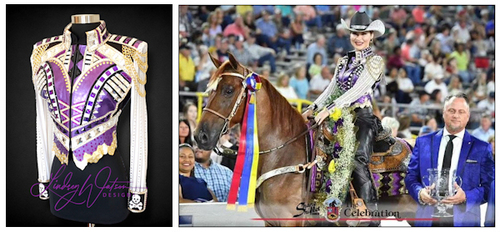|
Computer Aided Pattern Design
by Don McCunn Home Page ► RTW ► Fitting Issues
RTW for Independent DesignersI have spent the last 50 years helping people create Bespoke patterns. During this time I have had people ask how to create RTW patterns for garments they wanted to sell. I have always warned them that just because a design fits one body doesn't mean it will fit anyone else. The difference between Bespoke and RTW patterns is that Bespoke are made for the size and shape of a specific body. The process starts with the body the garment is going to be made for. The final step is to see the garment on that body. RTW patterns are made for a "general" body shape. The final step of the design's success is when the garment is sold. The designer may never see the body or bodies wearing the garment. In my Fashion & Costume in Quarter Scale one of my goals is to demonstrate how body shapes vary. To illustrate this I show how to make quarter-scale Mini-Me dress forms of 13 models who I have personally measured and fit that are a "medium" size. They are all within 2" plus or minus of the Bust, Waist, and Hips of a commercial dress form I have and the Vogue 1004 Fitting Shell. The idea is to allow people to try a given RTW design on different body shapes using these Mini-Mes as "fitting models." Since the release of my book, Lindsey Watson, an Independent Designer of High Quality Horse Show Apparel, has asked for help with her RTW patterns. She had already been successfully working as a designer for over a dozen years.
The cowgirl shirts she makes have a very defined style including a full length sleeve, wide cuff, tall collar, etc. They are one-of-a-kind wearable art shirts because of the embellishments she applies to the shirts. These embellishments can take a month or more to create. Given that the women are paying several thousand dollars for a single shirt, the RTW shirts need to appear as close to custom fit as possible. Given the issues Lindsey faces for creating these garments I decided the time had come for me to figure out how to create RTW patterns based on Lindsey's specific requirements. The following web pages are the solutions I have come up with. It is my hope that while other Independent Designers will be doubtlessly working with different business models, this information will be useful to them as well.
Home Page ► RTW ► Fitting Issues
Copyright © 2024 by Donald H. McCunn |
||||||
